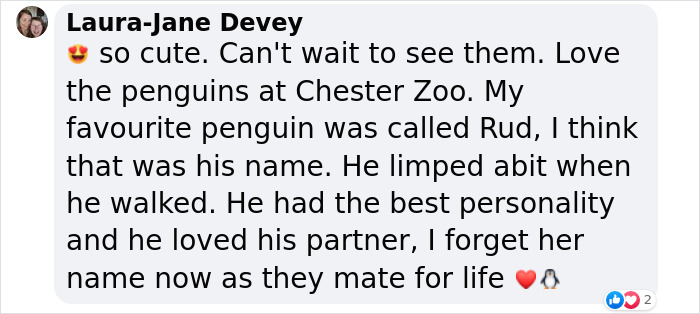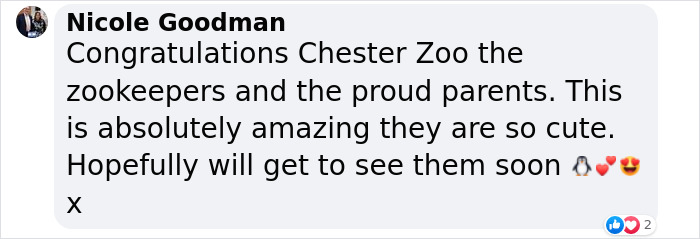Of 17 known penguin species in the world, Humboldt penguins are becoming increasingly rare and now are listed as vulnerable to extinction, according to the International Union for the Conservation of Nature (IUCN).
Therefore, Chester Zoo, which is one of the UK’s most active institutions in the captive breeding of endangered species, got really excited when this year as many as 11 Humboldt penguin chicks successfully made it through the first 40 days of life.
More info: Chester Zoo
11 Humboldt penguin chicks have hatched at the Chester Zoo, making it the most to hatch in one season at the zoo for more than 10 years
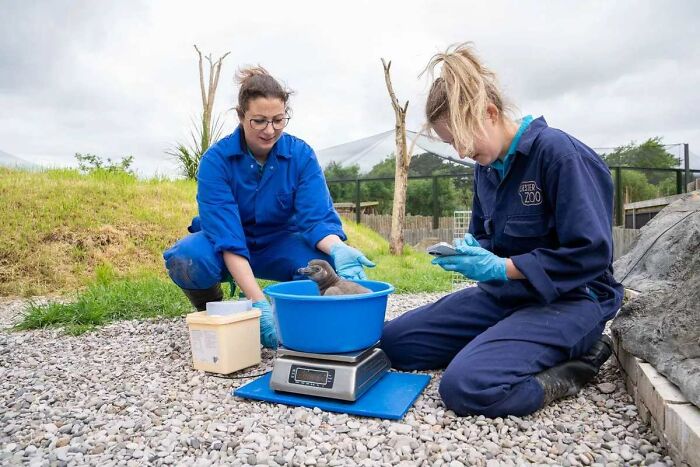
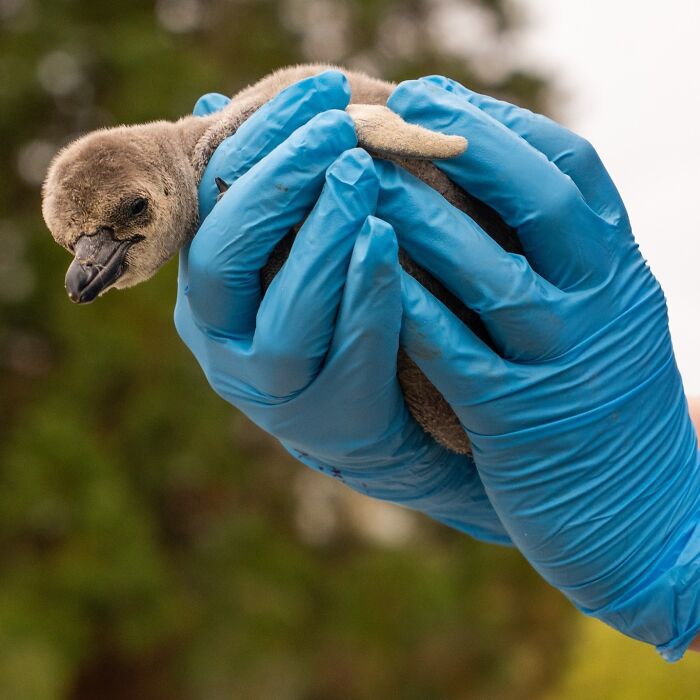
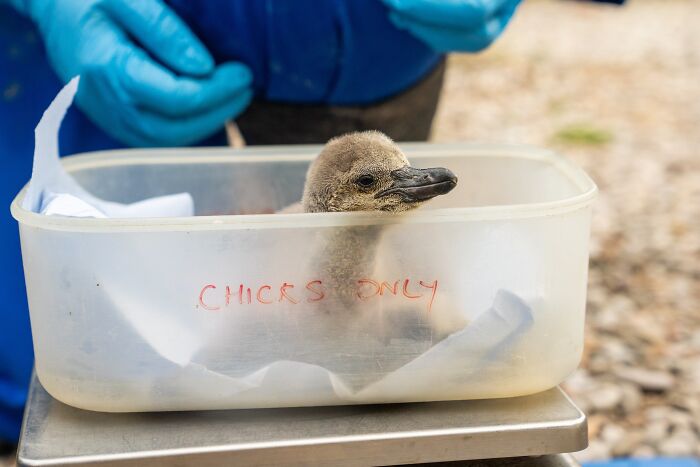
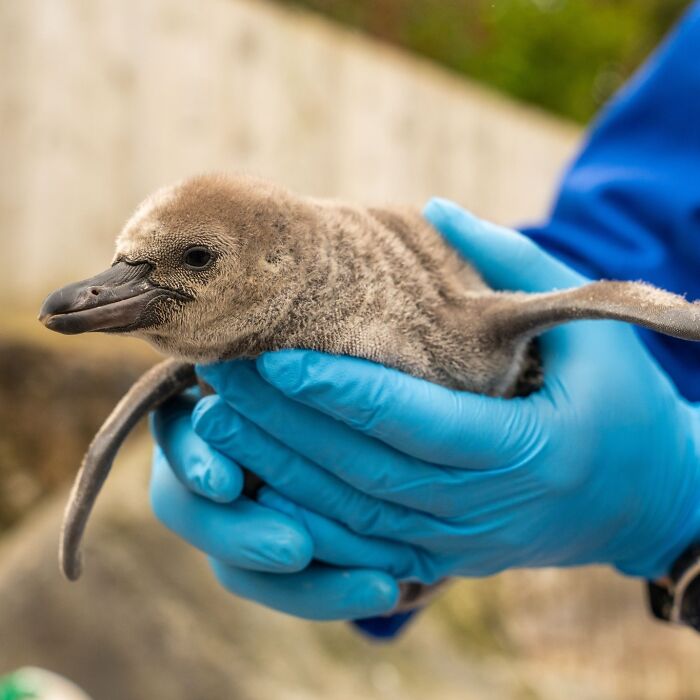
11 adorably cute Humboldt penguin chicks hatched at Chester Zoo in mid-April and this time were named after plants: Nettle, Dandelion, Tulip, Thistle and Daffodil are among the confirmed ones.
“Nettle and Thistle are the more spiky characters among the group, whereas Tulip and Daffodil have colorful personalities,” explained Zoe Sweetman, who’s a team manager of parrots and penguins at the zoo.
The record number of chicks hatched made the entire team super happy. “This year has been a really good year for the penguins with the arrival of 11 new chicks – the most we’ve welcomed during hatching season here at the zoo for more than a decade,” Sweetman shared her excitement. “We’re delighted to say that all of the chicks are looking really healthy and the parents have done a superb job of caring for their new arrivals up to this point. As keepers, our main role in raising the new youngsters is to ensure the adult penguins have all they need.”
The Humboldt penguin chicks are being weighed regularly and keepers are keeping a close eye on their growth and development
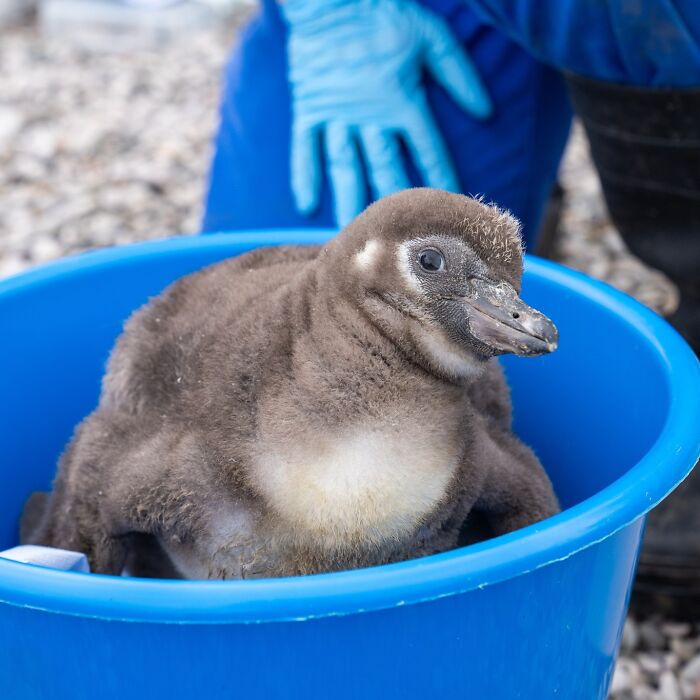
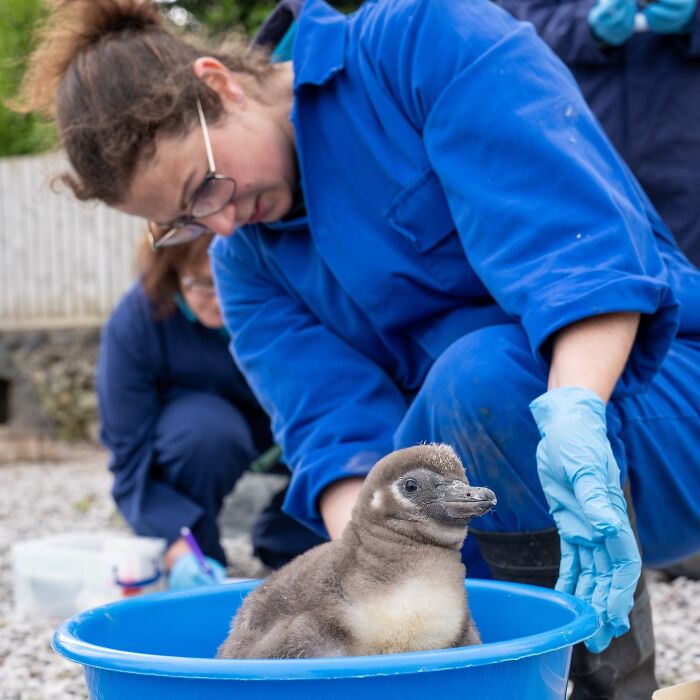
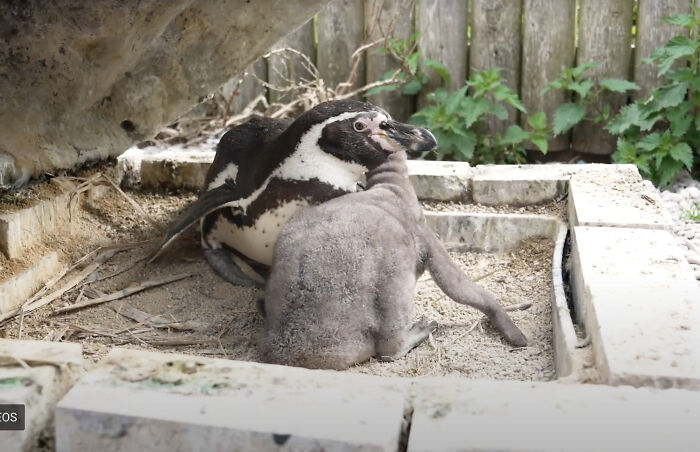
Humboldt penguins make strong pair bonds, since they remain with the same partner for their entire lives, and their unique vocal sound together with their scent enable them to find each other even in the biggest crowds. They are similar in size to Magellanic penguins, having an average length of around 70cm and an average weight of 4kg. Interestingly enough, their chicks can reach from a mere 80g to 2.5kg in just 40 days! “Sometimes this can mean providing extra fish, which the parents swallow, churn into a high-protein soup, and then regurgitate to feed the chicks. It’s been a huge team effort,” explained Sweetman.
In the wild, Humboldt penguins inhabit a 4,500 km stretch of the Peruvian and Chilean coastline, where the abundance of fish provides them ideal conditions. Their habitat is highly influenced by the cold and intense Humboldt Current flowing northward from Antarctica in which they usually swim, reaching maximum speeds of 25mph. Both the penguins and the current were named after the explorer Alexander von Humboldt, who was a major figure in the classical period of physical geography and biogeography.
Nowadays there are only around 20,000 Humboldt penguins left in the wild and according to the International Union for Conservation of Nature (IUCN), numbers have dangerously decreased in recent years.
They are suffering from natural influences such as El Niño Southern Oscillation (ENSO) events, which occasionally bring seasons of extreme food shortage. Yet also, in addition to all the dangers in nature, Humboldt penguins face a number of man-made hazards. For instance, over-fishing of the Peruvian anchovy, which is Humboldt penguins’ main meal, led to a population collapse in the 1970s. Sadly, they are also often caught and drowned in the nets of local fishermen.
Other activities that constantly make life difficult for these penguins include egg theft and illegal extraction of guano, which is formed when the excrement of seabirds like penguins mixes with the calcareous soil where they dig their burrows. Guano extraction destroys penguin breeding grounds and forces parent birds to leave their nests in fear, abandoning their eggs and chicks.
Of 17 known penguin species in the world, the Humboldt penguin is considered one of the most vulnerable
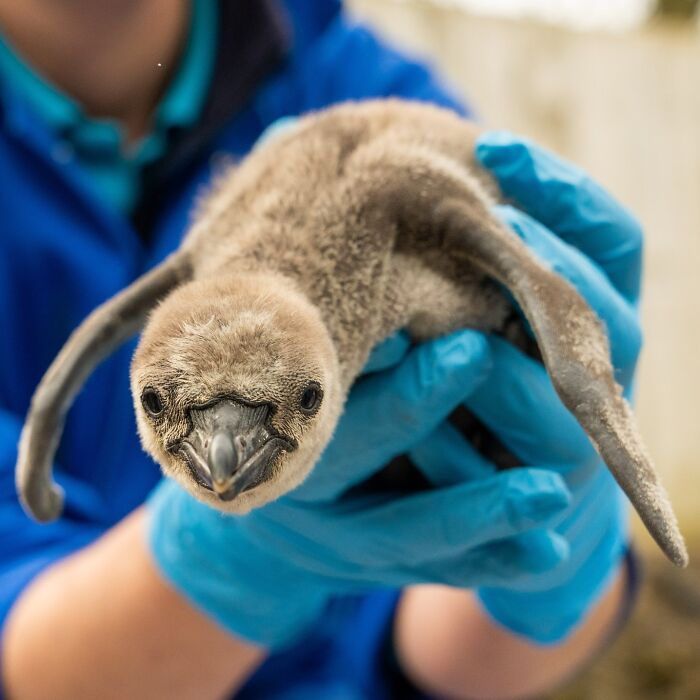
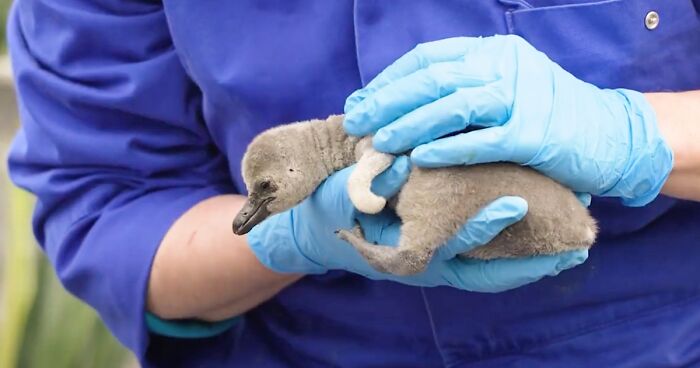
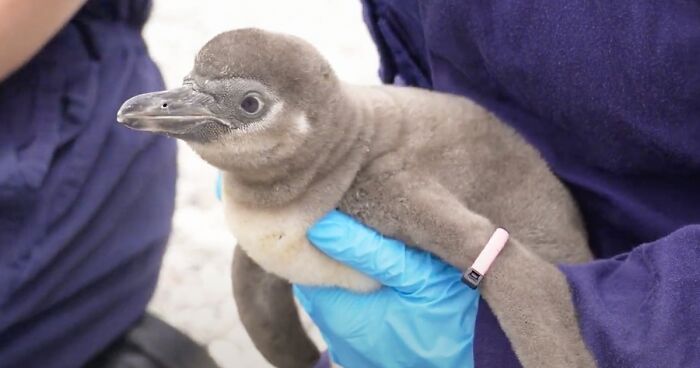
Humboldt penguins, which are native to South America, typically only live between 15 to 20 years in the wild, yet Spneb, a resident of the penguin colony at Paradise Park in Hayle, recently (April 16) celebrated her 36th birthday, becoming the oldest Humboldt penguin in Europe.
Spneb still has a boyfriend and her age doesn’t seem to be slowing her down: “It’s lovely to see Spneb at 36 years still out every day with the rest of the 21 colony of Humboldt’s penguins, eager for her fish, and even trying to steal them from the others,” shared keeper Lauren.
“Spneb is quite wise in her old age. She likes to check everybody out and she makes sure that the group is keeping out of mischief,” added keeper Becky Waite.
The female penguin got her unusual and difficult-to-pronounce nickname from the medication (sporanox (Sp) and a nebuliser (neb)) used to treat a fungal problem she developed in 2007.
The first 40 days of life are the most delicate period for the Humboldt penguin chicks
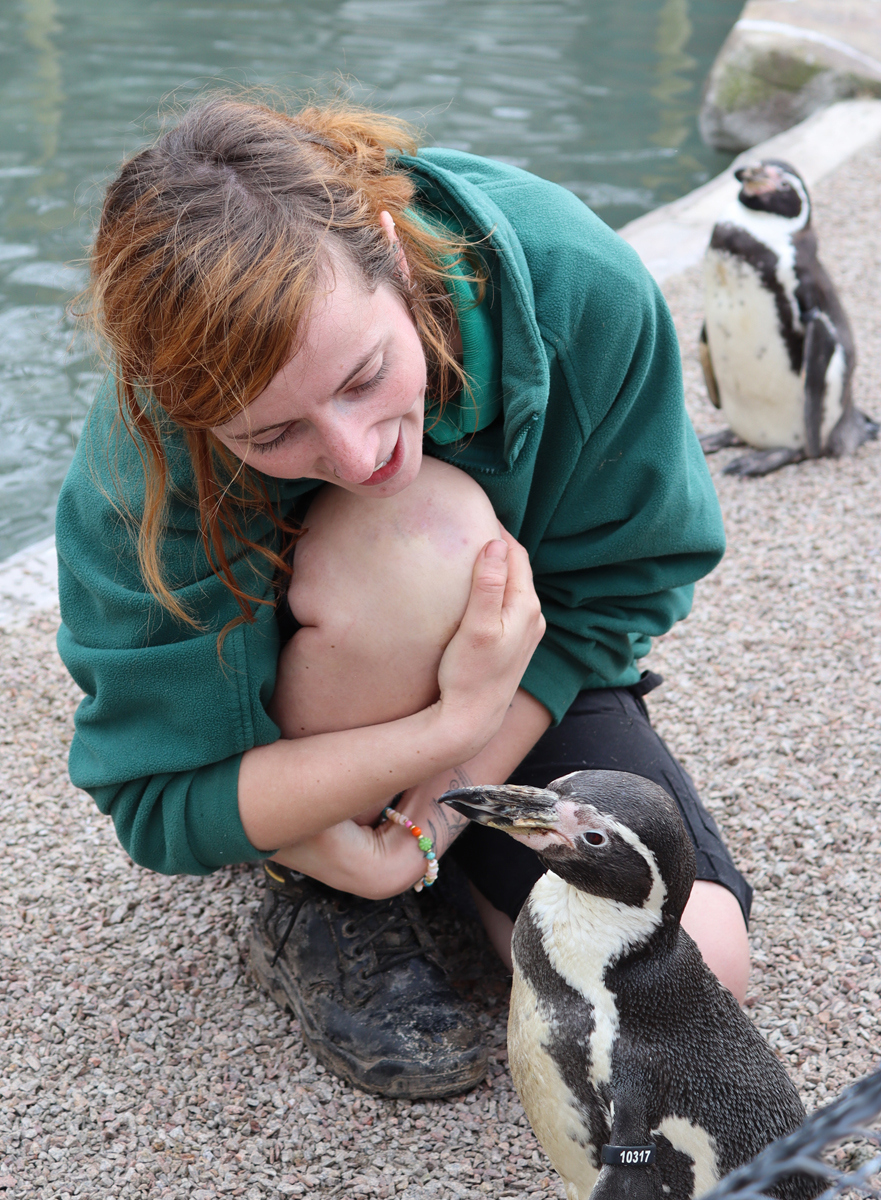
Image credits: Paradise Park
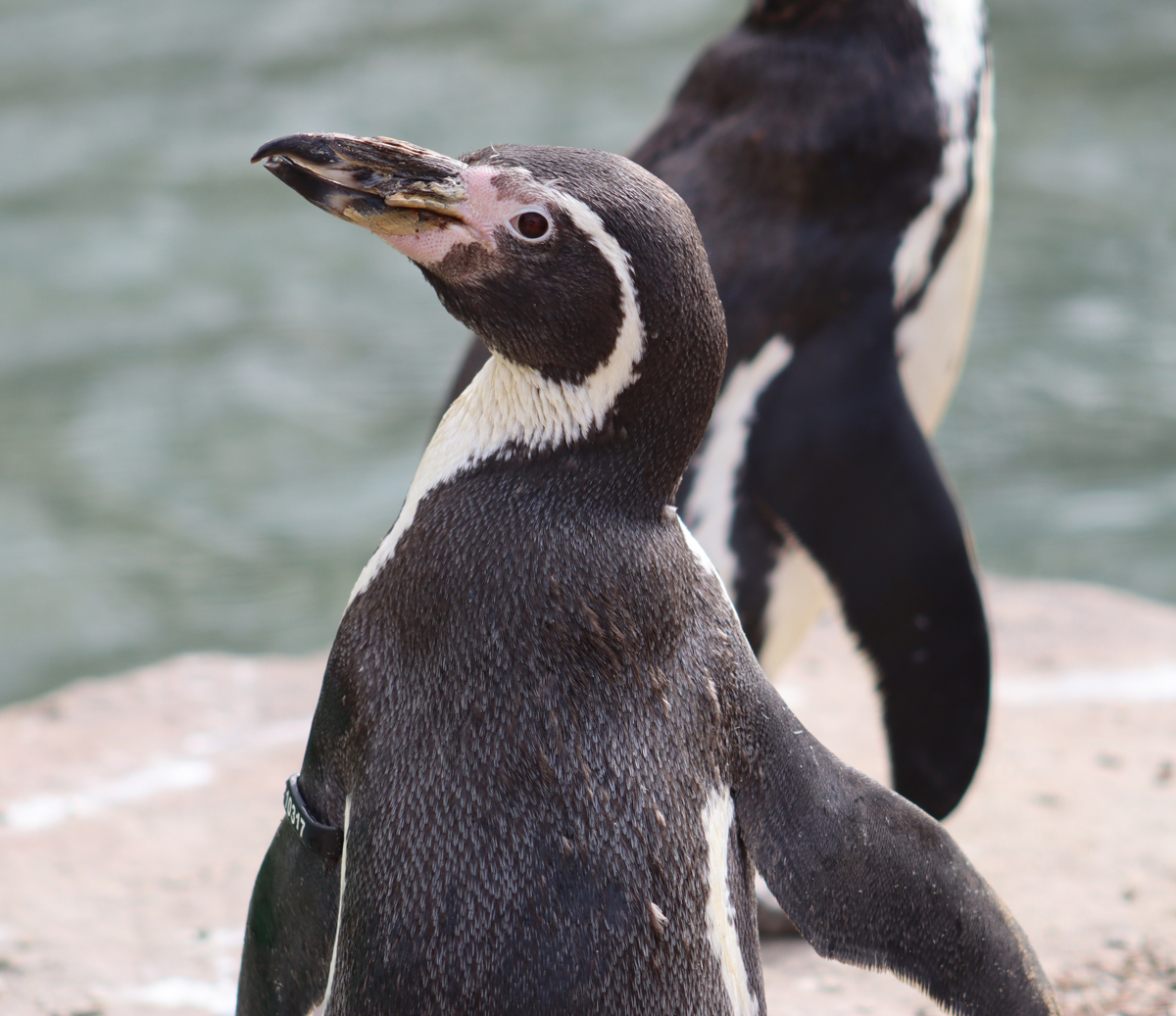
Image credits: Paradise Park
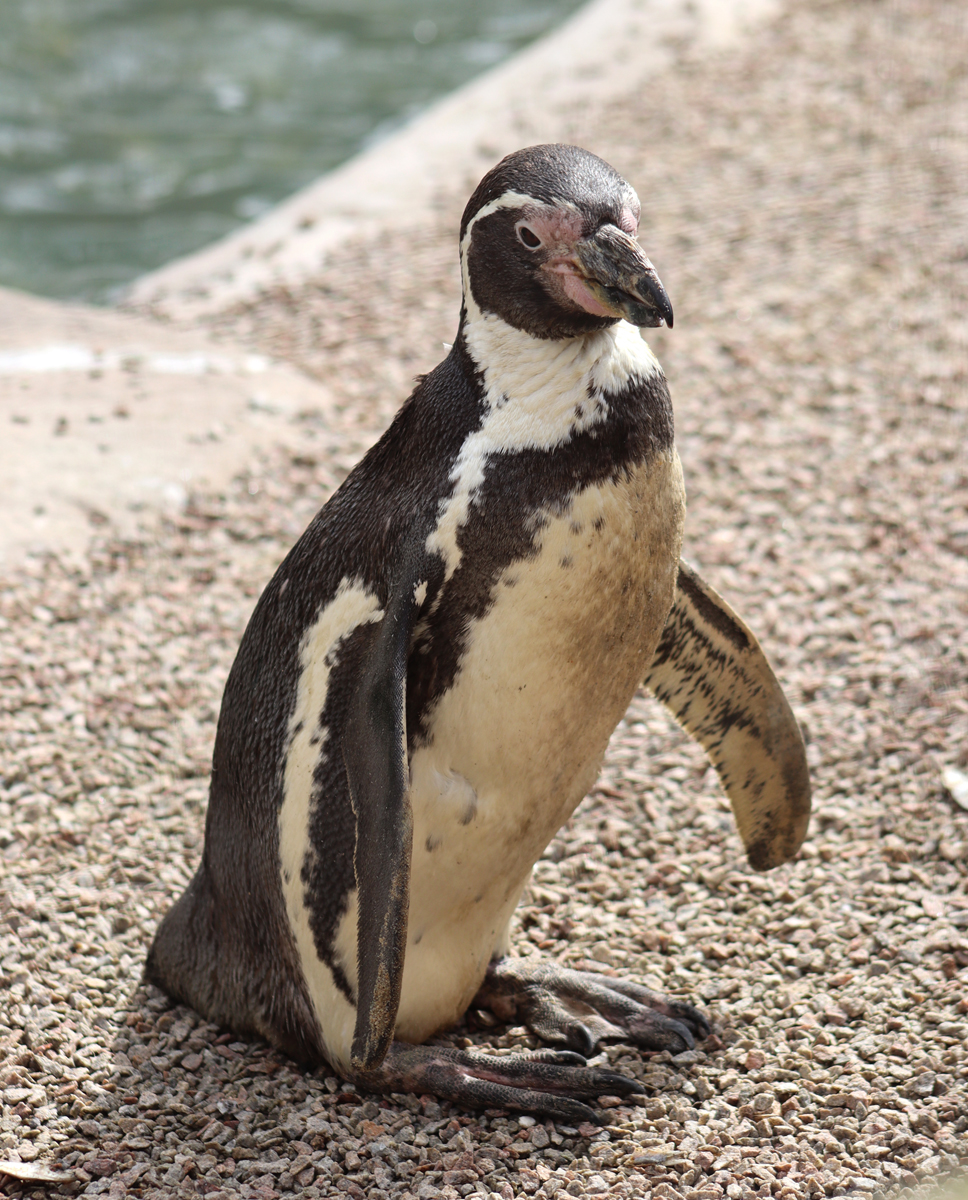
Image credits: Paradise Park
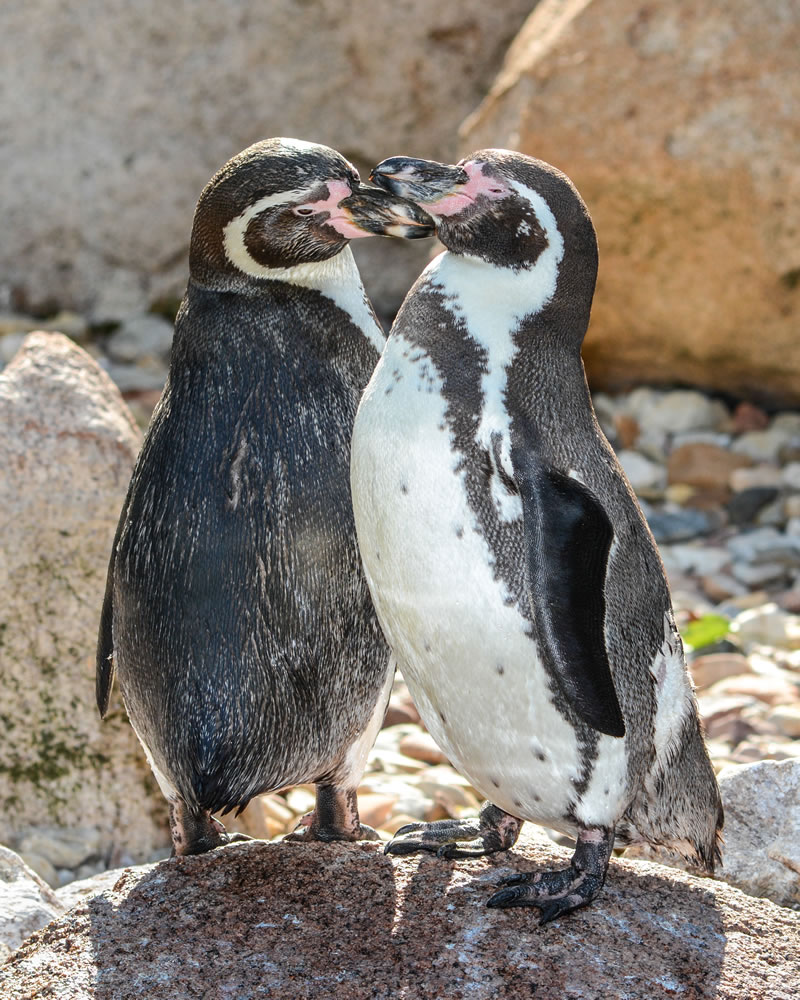
Image credits: Cascada Expediciones
While Humboldt penguins have been listed as vulnerable since 1988, thanks to the hard and sincere work of Chester Zoo and other institutions, the situation could take a positive turn. With a little penguin perseverance, numbers might just start to waddle in the opposite direction.
The news about Humboldt penguin chicks melted people’s hearts all over the internet


